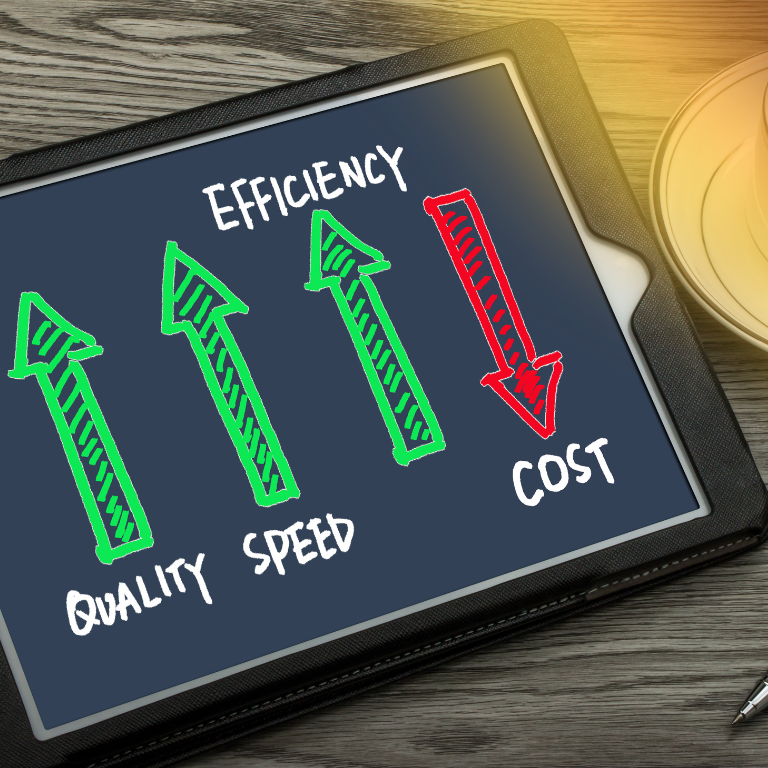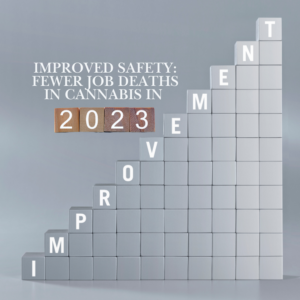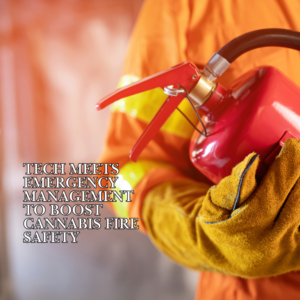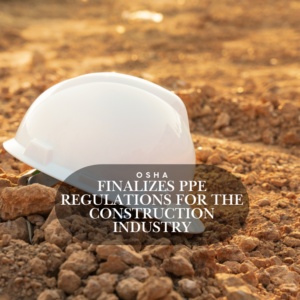Maximizing Photon Conversion Efficiency for Lower Production Costs

Maximizing Photon Conversion Efficiency for Lower Production Costs in the Cannabis Industry
The cannabis industry, like many sectors dependent on controlled agriculture, is always on the lookout for innovative ways to reduce production costs while maximizing yield and quality. One critical area of focus is Photon Conversion Efficiency (PCE)—the effectiveness with which plants convert light into energy during photosynthesis. By improving PCE, cannabis cultivators can increase the growth rate and yield of their plants without increasing energy costs, making it a highly effective strategy for boosting profitability and sustainability. This article will explore the principles of photon conversion, best practices, and cutting-edge technologies that can help cannabis growers enhance their PCE and reduce operational costs.
What is Photon Conversion Efficiency?
Photon Conversion Efficiency (PCE) measures how efficiently a plant can convert photons (light particles) into chemical energy, which is then used to fuel its growth. In the context of cannabis cultivation, PCE refers to the proportion of light energy absorbed by the cannabis plant that actually contributes to photosynthesis, rather than being lost to heat or reflected.
The standard process by which plants convert light into energy involves chlorophyll, the pigment in plant cells responsible for photosynthesis. When chlorophyll absorbs photons, it triggers a reaction that transforms carbon dioxide and water into glucose and oxygen. However, not all wavelengths of light are absorbed equally, and factors such as lighting type, temperature, and humidity can impact how effectively plants can convert light into growth.
Why PCE Matters in Cannabis Cultivation
Cannabis plants require specific lighting conditions to achieve optimal growth, and PCE is directly related to how efficiently they use light. Since lighting accounts for one of the largest energy costs in indoor cannabis cultivation, improving PCE has immediate financial benefits. By maximizing the amount of light that is absorbed and used in photosynthesis, growers can achieve:
Higher Yields: Plants grow more vigorously with improved PCE, leading to greater flower production.
Better Quality: Enhanced PCE can lead to healthier plants with stronger cannabinoid and terpene profiles.
Lower Energy Costs: Efficient light use means less energy is wasted, which reduces electricity bills and environmental impact.
Key Factors Influencing Photon Conversion Efficiency
To understand how to maximize PCE, it’s important to consider the variables that influence it. These include:
Type and Spectrum of Lighting
LED vs. HPS Lighting: Light-emitting diodes (LEDs) are increasingly popular in cannabis cultivation due to their efficiency and spectrum control. Compared to high-pressure sodium (HPS) lights, LEDs can produce light in wavelengths that are more easily absorbed by cannabis plants, enhancing PCE.
Full Spectrum Lighting: Cannabis responds best to a light spectrum that mimics natural sunlight, which includes a balance of blue and red wavelengths. LEDs can be adjusted to provide this full spectrum, which leads to more efficient photosynthesis and growth.
Environmental Conditions
Temperature and Humidity: Cannabis plants have optimal temperature and humidity ranges that support their metabolic processes. For instance, temperatures between 70–85°F (20–30°C) during the light cycle maximize photosynthesis.
Air Circulation: Proper air circulation prevents heat buildup from lighting and ensures CO₂ distribution, both of which are essential for maximizing PCE.
CO₂ Levels
Cannabis plants, like all green plants, require CO₂ for photosynthesis. Increasing CO₂ levels in a controlled environment can enhance PCE by enabling plants to process light more efficiently, resulting in faster growth rates and improved yields.
Techniques to Maximize Photon Conversion Efficiency in Cannabis
There are several methods that cannabis cultivators can use to enhance PCE, ranging from adjusting light intensity and spectrum to optimizing environmental factors. Here are some of the most effective techniques:
Optimize Lighting Intensity and Duration
Balancing Light Intensity: While cannabis plants need bright light, too much intensity can lead to stress and photoinhibition, which reduces PCE. Growers should balance intensity with distance from the plant canopy, using dimmable LEDs to adjust light levels as plants grow.
Light-Dark Cycles: Providing an optimal light-dark cycle, such as 18 hours on and 6 hours off during the vegetative phase and 12 hours on and 12 hours off during flowering, allows cannabis plants to maximize their PCE.
Fine-Tuning Spectrum Control with LED Technology
Adjustable Spectrum LED Fixtures: LEDs with adjustable spectrums allow growers to customize light according to the growth stage, which maximizes PCE. Blue light supports vegetative growth, while red light is optimal for flowering.
UV and Far-Red Spectrum: Recent studies indicate that small doses of ultraviolet (UV) light and far-red light can stimulate cannabinoid production, adding another layer of efficiency for yield and quality.
Increase CO₂ Concentrations
CO₂ Supplementation: Increasing CO₂ levels to around 1200–1500 ppm in indoor grow operations can significantly improve PCE. However, it’s essential to monitor CO₂ levels, as too much CO₂ can be harmful.
Environmental Control Systems
Automated Climate Control: Modern grow rooms often use automated systems to regulate temperature, humidity, and air circulation, which optimizes the conditions for maximum PCE. These systems adjust based on real-time sensor data, ensuring that plants remain in their ideal growth conditions.
Energy-Efficient Ventilation: Proper air circulation removes excess heat and distributes CO₂, which contributes to maintaining high PCE levels. Energy-efficient ventilation systems lower operational costs while providing optimal airflow.
Advancements in Photon Conversion Efficiency Technology
Innovation in agricultural technology continues to provide new tools and systems that cannabis cultivators can adopt to improve PCE. Some emerging technologies include:
Quantum Dot LED Technology
High-Efficiency LEDs: Quantum dot LEDs are the next evolution of lighting technology, promising even greater efficiency and spectrum control than traditional LEDs. Quantum dots can emit light in very precise wavelengths, making them ideal for maximizing PCE in indoor grows.
Smart Lighting Systems with AI Integration
AI-Powered Adjustments: Smart lighting systems that use artificial intelligence (AI) can monitor and adjust light spectrum and intensity automatically, based on the needs of the plants. AI-enabled lighting systems can even learn from previous growth cycles to optimize future PCE further.
Light Reflectors and Diffusers
Enhanced Light Distribution: Reflectors and diffusers improve light coverage, ensuring that photons are distributed evenly across the canopy. This technique minimizes wasted light and improves PCE, especially in large grow operations.
Benefits of Maximizing PCE for Cannabis Growers
Investing in PCE optimization yields substantial benefits for cannabis cultivators, including:
Reduced Production Costs: By lowering energy usage, growers can significantly cut down on operational costs.
Higher ROI: Improved PCE translates to higher yields and better quality, which improves the return on investment for each crop cycle.
Sustainability: Reducing energy waste and optimizing light use contributes to a more sustainable cultivation process, which is especially important for businesses aiming to meet environmental standards.
Challenges in Implementing PCE Optimization
Despite the benefits, maximizing PCE isn’t without its challenges:
Upfront Costs: High-quality LEDs, environmental control systems, and other PCE-enhancing technologies require an initial investment, which can be costly for smaller growers.
Technical Knowledge: Optimizing PCE involves understanding complex plant science and technology. Many growers may need to invest in training or consulting to implement these changes effectively.
Maintenance: High-tech systems such as AI-powered lighting and automated climate control require regular maintenance and calibration to ensure they function correctly.
As the cannabis industry grows, so does the need for efficient and cost-effective cultivation methods. Maximizing Photon Conversion Efficiency is one of the most impactful ways that growers can reduce production costs, enhance yield quality, and contribute to a more sustainable industry overall. With advancements in LED technology, CO₂ management, and environmental controls, growers have an array of tools available to boost PCE. Though there may be initial costs and technical challenges, the benefits of investing in PCE optimization are clear: healthier plants, higher profits, and a more sustainable operation. By focusing on PCE, cannabis cultivators can look forward to a brighter, greener, and more productive future.











